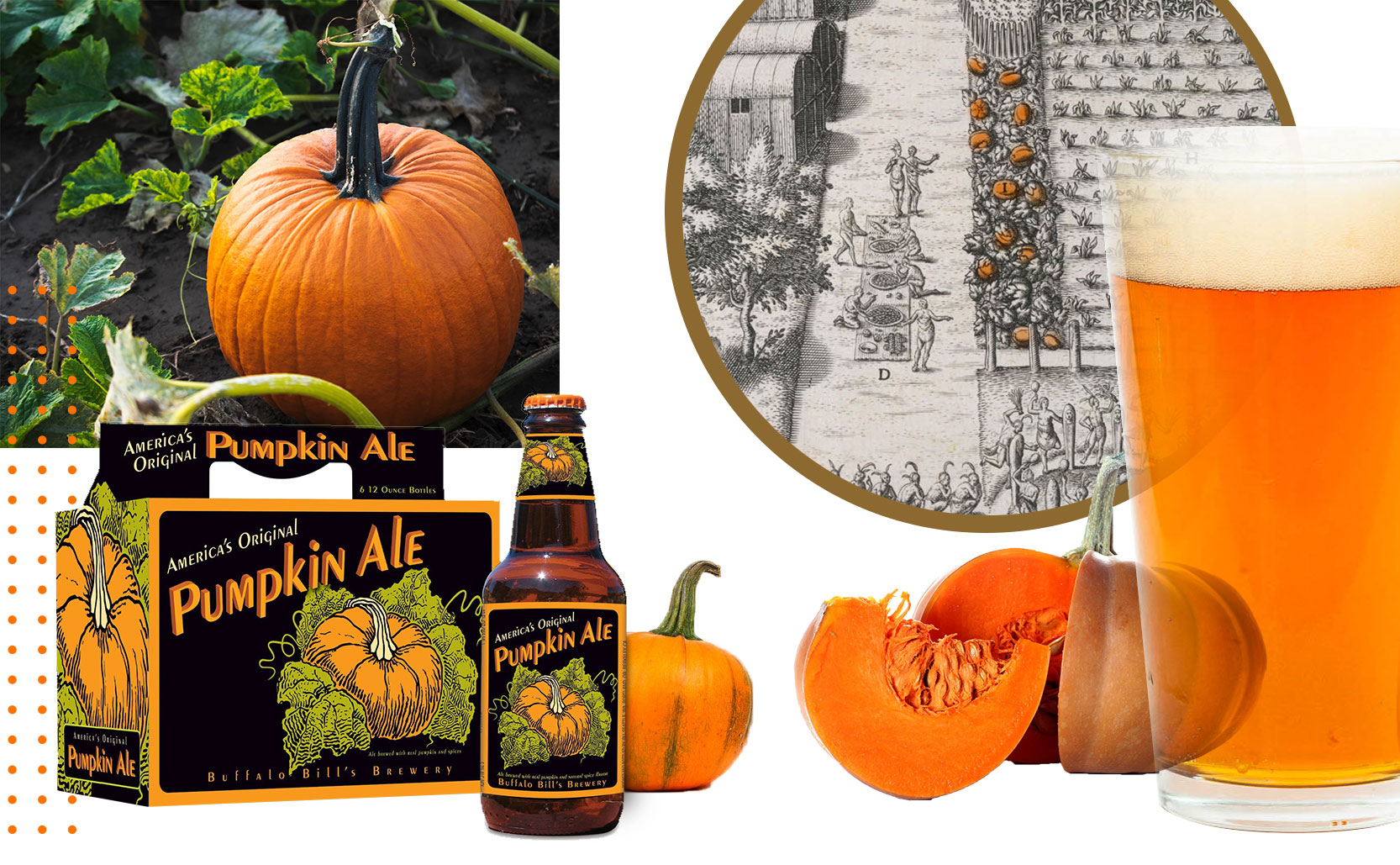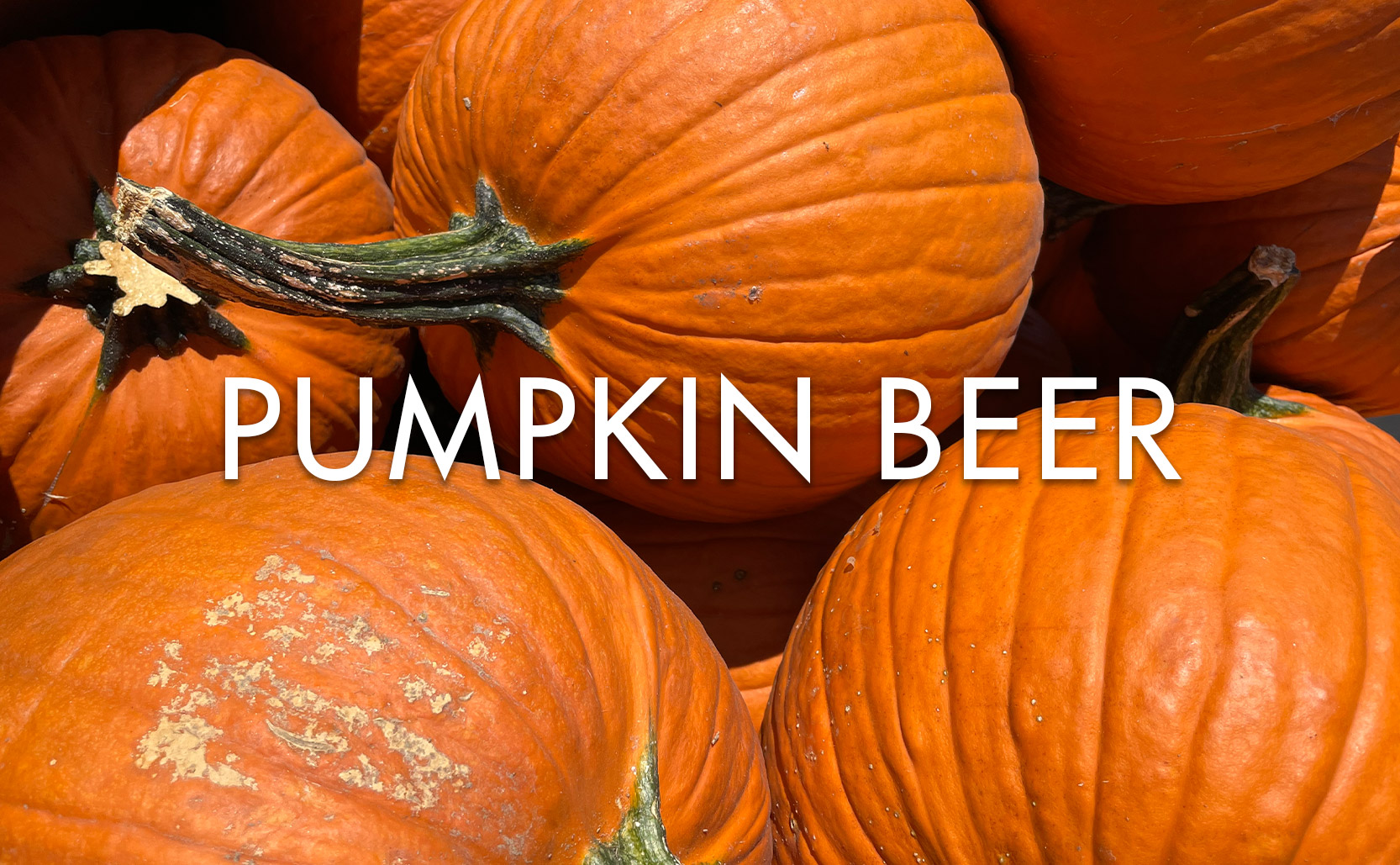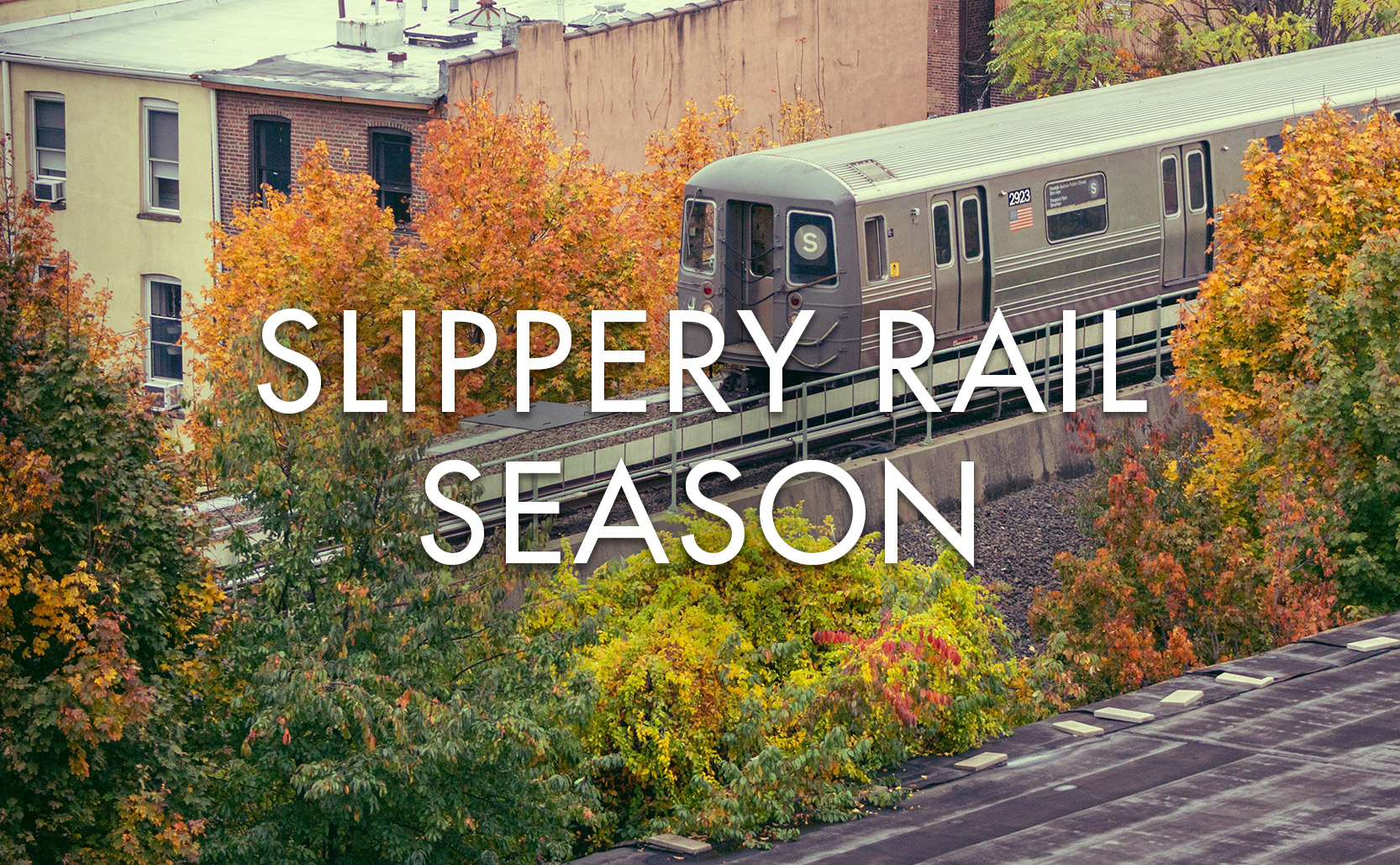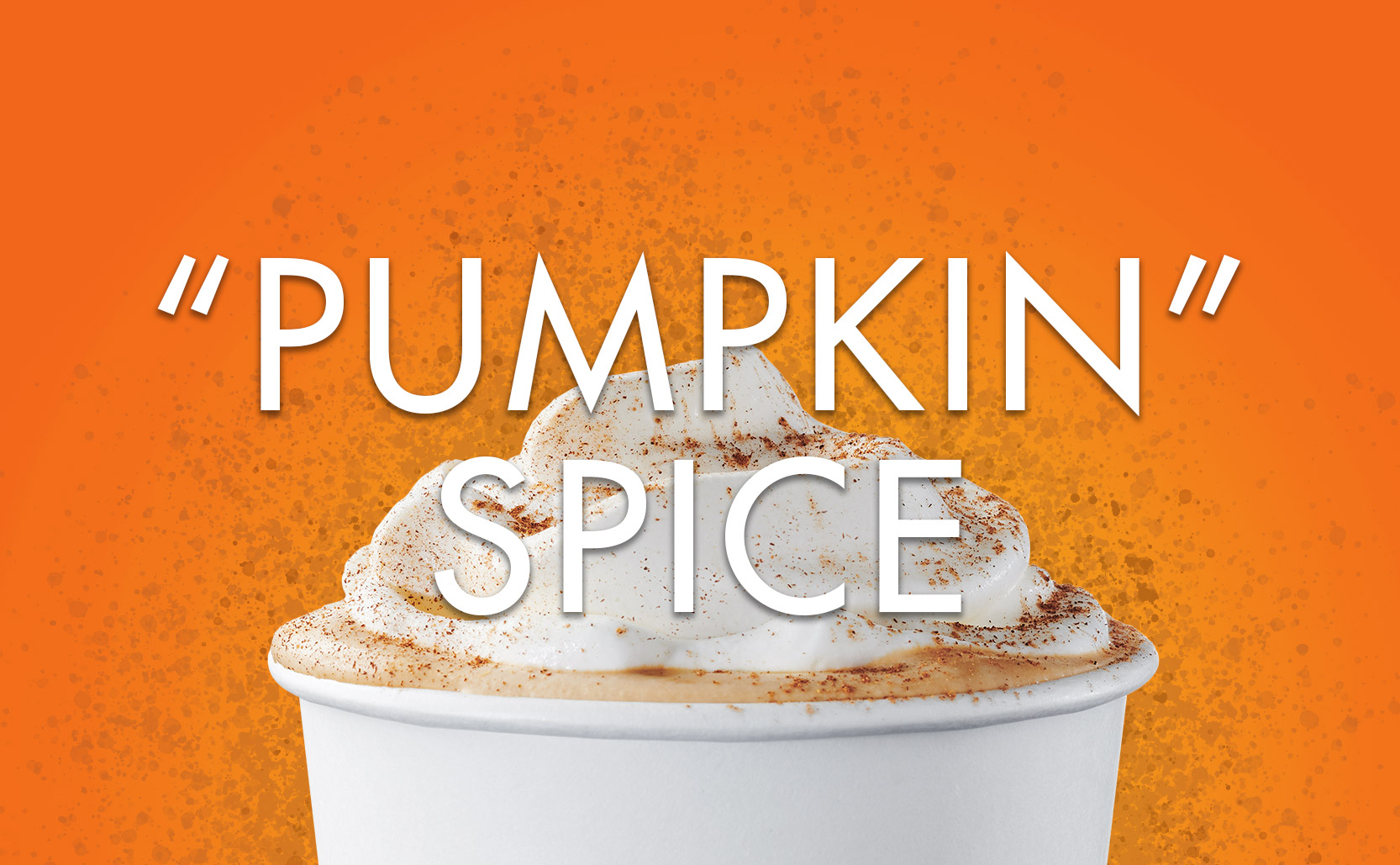Pumpkin Beer
Pumpkins were a part of colonial beer making as a malt substitute. Only in the 1980s did pumpkin beers become the pumpkin spice flavored beers we know today.
Pumpkins have had two lives in beer making history – colonial and modern. Native to the Americas pumpkins are fairly easy to grow and a great food source. There is documented evidence of humans cultivating pumpkins since at least 5,500 BCE. When European colonists arrived in the 16th century they learned to use pumpkins as food, eventually hitting upon the idea of using them to make beer.
When you make beer, malt gives the process the sugars needed for fermentation to produce alcohol. Malt is grain that has been soaked, germinated, & dried. Early colonists had a difficult time staying alive let alone having the ability to produce reliable harvests of grains for beer. Necessity being the mother of invention they turned to the pumpkin and used the meat of the pumpkin to produce the sugars they needed for fermentation.
While they were initially used out of necessity, pumpkins continued to be used to make beer long after colonists were growing grain up through the 18th century. Pumpkins were cheap and grown everywhere which made them hard to resist. That said pumpkin beer was a drink of the colonies. Europe, which had affordable sources of grain, had no interest in making beer from pumpkins. After more than 200 years pumpkin-based beer began to decline in the early 19th century as grains in America became more affordable.

Pumpkin Spice Pumpkin Beer
Our modern concept of pumpkin beer is more inline with the Pumpkin Spice Latte (PSL) and the pumpkin spice craze of the early 2000s – it’s about the flavor of pumpkin pie rather than using pumpkins as a malt substitute.
In 1986 the California brewpub Buffalo Bill’s Brewery (the first brewpub in America) was inspired to brew one of George Washington’s beer recipes that called for pumpkins instead of malt. After trying it however they found the taste less inspiring. So instead they created a syrup using traditional pumpkin pie spices and added it as flavoring. This was the first modern pumpkin beer.
Today pumpkin beers are an autumnal tradition with hundreds of options. Like other pumpkin flavored foods, some pumpkin beers contain real pumpkin while others do not, but one common characteristic is they all tend to taste like the spices of pumpkin pie.









